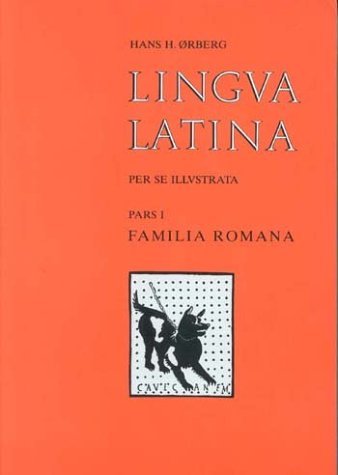
In public schools, there are both increasingly fewer Latin teachers and ever fewer people who want to take Latin. Now, unfortunately, the language is in decline. This trend halted in the United States in the period following World War II.

Thus the association that Smart People Know Latin. The result was a language that differs significantly from Classical Latin, known as Ecclesiastical Latin, the kind most used in modern Ominous Latin Chanting because it did sound more familiar and less awkward (e.g., Classical Latin always pronounced V as U or W, "vita" would have been "wita" and "Veni Vidi Vici" would have been Weni Widi Wiki", see Latin Pronunciation Guide).ĭuring the Renaissance and early modern period, Latin was used as the origin of a lot of scientific and legal jargon, and Classical Latin was celebrated and taught to those of power, intellect and money. Church Latin dropped much of the subjunctive mood, allowed purpose and result infinitives, introduced the soft c and g sounds and the v sound, removed much of the more esoteric grammar, and corrupted much of the vocabulary. However, over time the Church Latin came to differ greatly from the Classical Latin. The Church, possessing the only sort of even rudimentary educational system, used Latin for everything.

It was also a language of international communication, although thanks to linguistic drift and differences in pronunciation, this did not always work. Latin was still used by the church, intellectuals, governments, nobility, and businesses. The period of approximately 75 BC to AD 14 is known as the golden age of Latin, and later Latin writers have adopted the Latin of this period as a "standard" of what is "good" Latin.ĭuring the medieval period, the lower vernacular forms of Latin mutated away from the base language and became the Romance languages. Before then, there was some written Latin, but mostly it was for official purposes such as religious rites or laws.

However, written Latin did not begin in proper until the the 200s B.C. It also inserted its influence into many other languages, even those outside of its immediate family, most notably English, which is a West Germanic language (therefore closely related to Dutch and German), but acquired a dose of Latin thanks to the medieval conquest by the Normans who brought with them the Latin-influenced French, and this Latin influence to the English vocabulary has been augmented in extremis through the education and utility of Latin in the Renaissance and Enlightenment as the language of Science, Intellectualism, Law, et cetera.Īrchaic Latin was in fact extant in Italy for centuries before Rome was even founded. The most recent common ancestor of Italian, Spanish, French, Portuguese, Romanian, and around 25 more obscure regional languages note including Aragonese, Aranese, Aromanian, Asturian, Catalan, Corsican, Friulian, Galician, Gallo, Genoese, Guernésiais, Jèrriais, Ladino, Ladin, Lombard, Mirandese, Moldovan, Occitan, Piedmontese, Romansh, Sardinian, Sicilian, Venetian, and Walloon collectively called the Romance languages. Latin was the language of Ancient Rome, the Catholic Church, government, law, trade, taxonomy, and John Cleese. It's still extensively studied by academics and is an official language of the Vatican, but is considered a dead language because nobody speaks it natively.

First it killed the Romans and now it's killing me."Īn ancient language, the predominant language of the Roman Empire, and for centuries following the Empire's fall it remained the lingua franca of Europe. translation "The Latin language is dead, as dead as it can be. Famous adage of embattled Latin students.


 0 kommentar(er)
0 kommentar(er)
